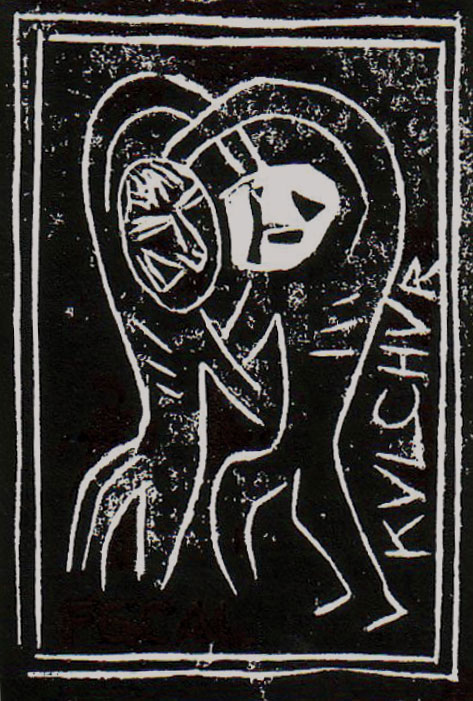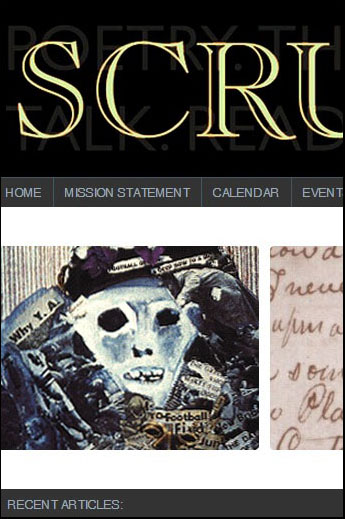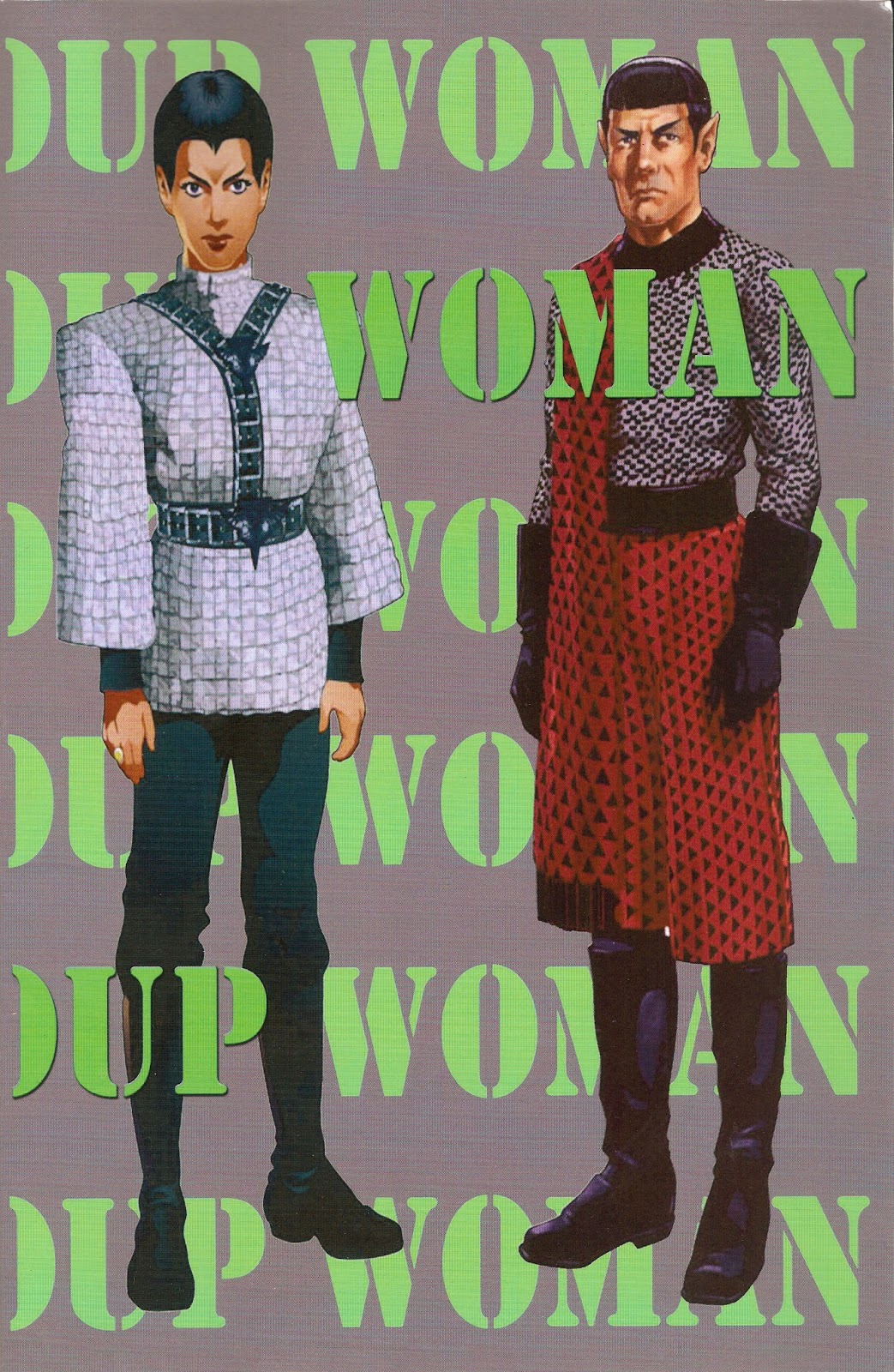BENVENISTE MOTTRAM RAWORTH ET AL MIMEO MIMEO DER VIER
Sunshine in winter signals dry bitter cold in some regions. The long awaited fourth issue of Mimeo Mimeo, the British Poetry number, is in. Kyle Schlesinger and the reclusive Matt Chambers in conversation with Tom Raworth. A long out-of-print essay, the only essay ever published, by Asa Benveniste. Alan Halsey on Bill Griffiths and Pirate Press. Alastair Johnston in conversation with David Meltzer. Ken Edwards on UK small press publishing since 1960. Miles Champion talking with Trevor Winkfield. Richard Price on CAT-scanning the little magazine. This issue, edited by Schlesinger and Jed Birmingham, is one of the most exciting excavations of post-WWII British small press poetry since David Miller and Richard Price's British Poetry Magazines, 1914-2000 (British Library 2006). And I don't think my excitement yields any sort of overstatement.
The number contains several letters from Eric Mottram to Jeff Nuttall which alone are worth the price of admission. This, Feb 14, 1966 from NYU:
Don't let them edit you. Distrust all ambits and baxes and don't be badgered, buggered or otherwise fucked. And if you see Tom McGrath tell him I've started a universal hate-McGrath campaign which is revenge ... Ginsberg hasn't the foggiest idea what Angor Wat is or was, I mean a classic tyranny with those Buddhas he loves so much really the godking's repeated face ...Astoundingly lucid. Spot on. And another mentioning Bunting, from Buffalo, July 12, 1966:
Basil Bunting's here, and I'm growing to respect and like him — we are in and out of each other's pockets, rooming next door, and offices next door, he talking endlessly about his long experiences and friendships. He gave his first reading in the USA here the other day — and the kids are beginning to dig : he is something, solid and clear.
There is no indication as to who procured, transcribed and edited the letters and no context offered for them. They just sort of drop from the sky, situated at the center of the issue, somewhat pleasantly and appropriately, following Halsey's comment on Griffiths (viz. Griffiths was first published by Mottram in Poetry Review in 1971; he went on to catalog the Mottram archive at Kings College.
The Winkfield interview with Miles Champion, too, is riveting, particularly Winkfield's comments on his early development as an artist:
MC: Your childhood interests in heraldry and medieval pageantry are well documented, and clearly manifest in your work. How did you get from these early preoccupations with flatness and ceremony to wanting, as a fifteen-year-old in late 1950s Leeds, to visit Kurt Schwitters' Merzbarn in the Lake District and Francis Bacon's "Figure Study II" at Batley Art Gallery?
TW: I've just been hit by a thunderbolt! I now realize after all these years that both represented escapes from Leeds -- the first of my long pilgrimages to see single works of art. I must have had a wanderlust even when I was fifteen. I'd already seen a Bacon painting of a man in a shower at Leeds Art Gallery, and the other nearest Bacon was only a twelve-mile bike ride away ... What was even more exciting -- and inconceivable, now that I think of it -- was my pilgrimage to Schwitters' Merzbarn in the middle of a snowy winter ... The farmer who owned the barn, a kind of gentleman farmer called Mr. Pierce, just gave me the key and let me stay inside the barn for as long as I wanted. It was pretty much as Schwitters had left it ten years before ...
From Bacon to Schwitters, Samuel Palmer to Marcel Duchamp, Arthur Cravan to Giuseppe Ungaretti, Winkfield thoughtfully trolls through some of the early sources that informed his distinct approach to the visual before bouncing to the US. Essential reading, like the whole of Mimeo Mimeo 4. Well designed, meticulously edited, thrilling contributions all around. Seriously, from cover to cover, no disappointments.
__________________________________________
ADDENDUM: BENVENISTE'S THE ATOZ FORMULA
Schlesinger's been doing quite a lot of work around Benveniste's Trigram Press — and I recall Michael Cross saying the 1977 Trigram edition of Zukofsky's "A" 22&23 was one of the books he most adored. The Benveniste essay reproduced in Mimeo Mimeo is Language: Enemy, Pursuit, a short essay produced as a slim volume by Alastair Johnston's Poltroon Press in an edition of 100. The essay is an explosive statement that offers Benveniste's view of language as something at once mystical and material:
Gematria. A fierce confrontation with word, one of the best ways to barricade oneself against the confused inlay. Linguistics is not language. No one "understands" language. Communication is the last word to use to describe its purpose. Though to every poet, as to every Kabbalist, there must be more to those words than their beauty. That their meaninglessness itself is part of the divine (linguistic) fabric.
Early in the summer, during a short spell in Vancouver, I had the good fortune of stumbling upon Benveniste's Atoz Formula, a book built around the juxtaposition of Roman and Hebrew alphabets. Benveniste designed, constructed and brought the book out as a Trigram publication in 1969. And it's a haunting book dedicated to five poets, Louis Zukofsky (LZ) and David Meltzer (DM) among them. I am not sure what to make of the book just yet, but Benveniste notes in a "Backword," "These poems ... are extensions of Tarot and other divination images ... but they are also 'alphabet' poems in the way that Cabalists interpret the alphabet."

Oddly, too, a chance encounter with Roy Fisher's "At the Grave of Asa Benveniste" earlier today while skimming for A Furnace: "publisher; not paid-up for a burial |with the Jews, nor wanting || to have your bones burned, | ground up and thrown, you're here || in the churchyard annexe, somebody's | hilltop field walled round, a place | like the vegetable garden of an old asylum ..."







<< Home